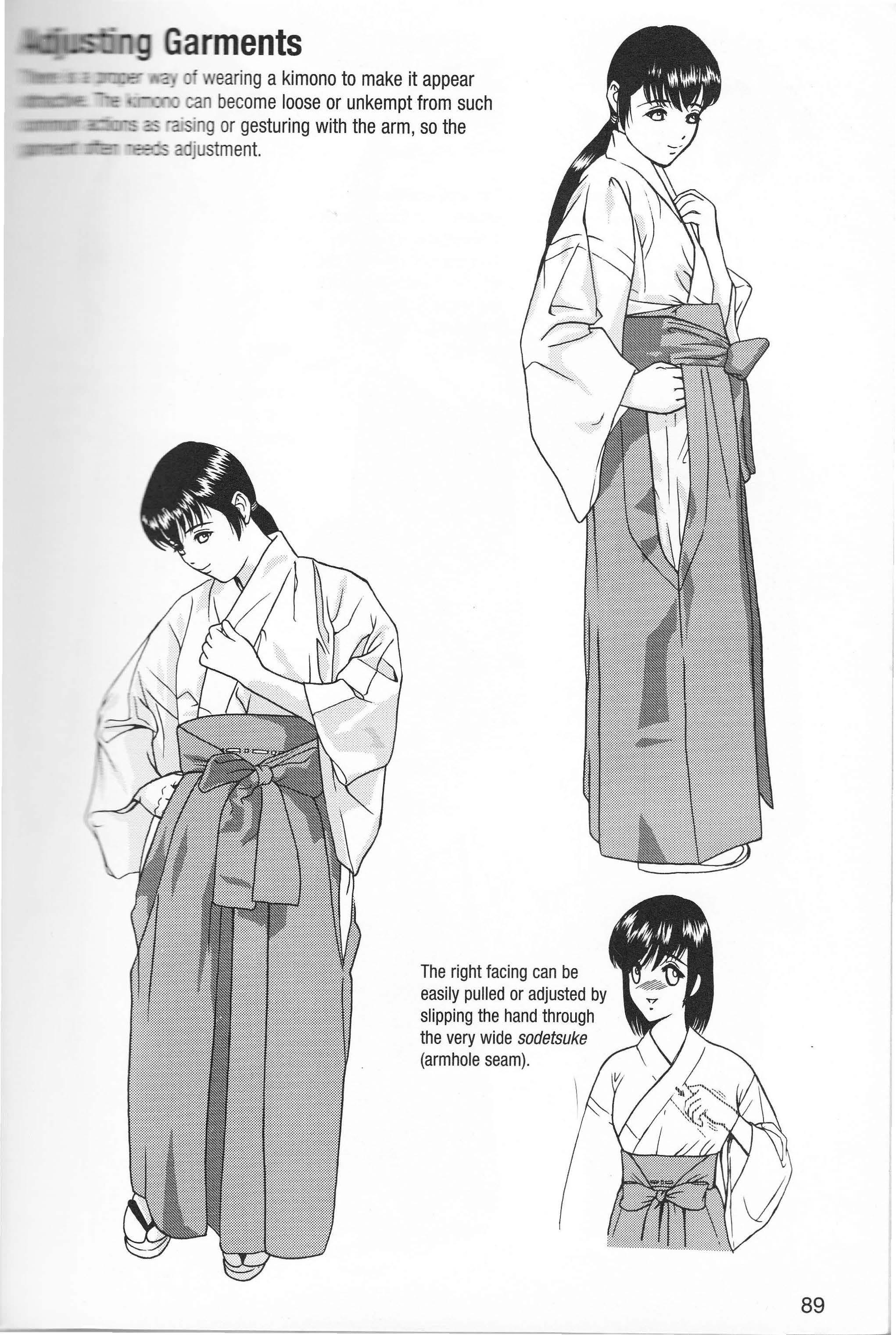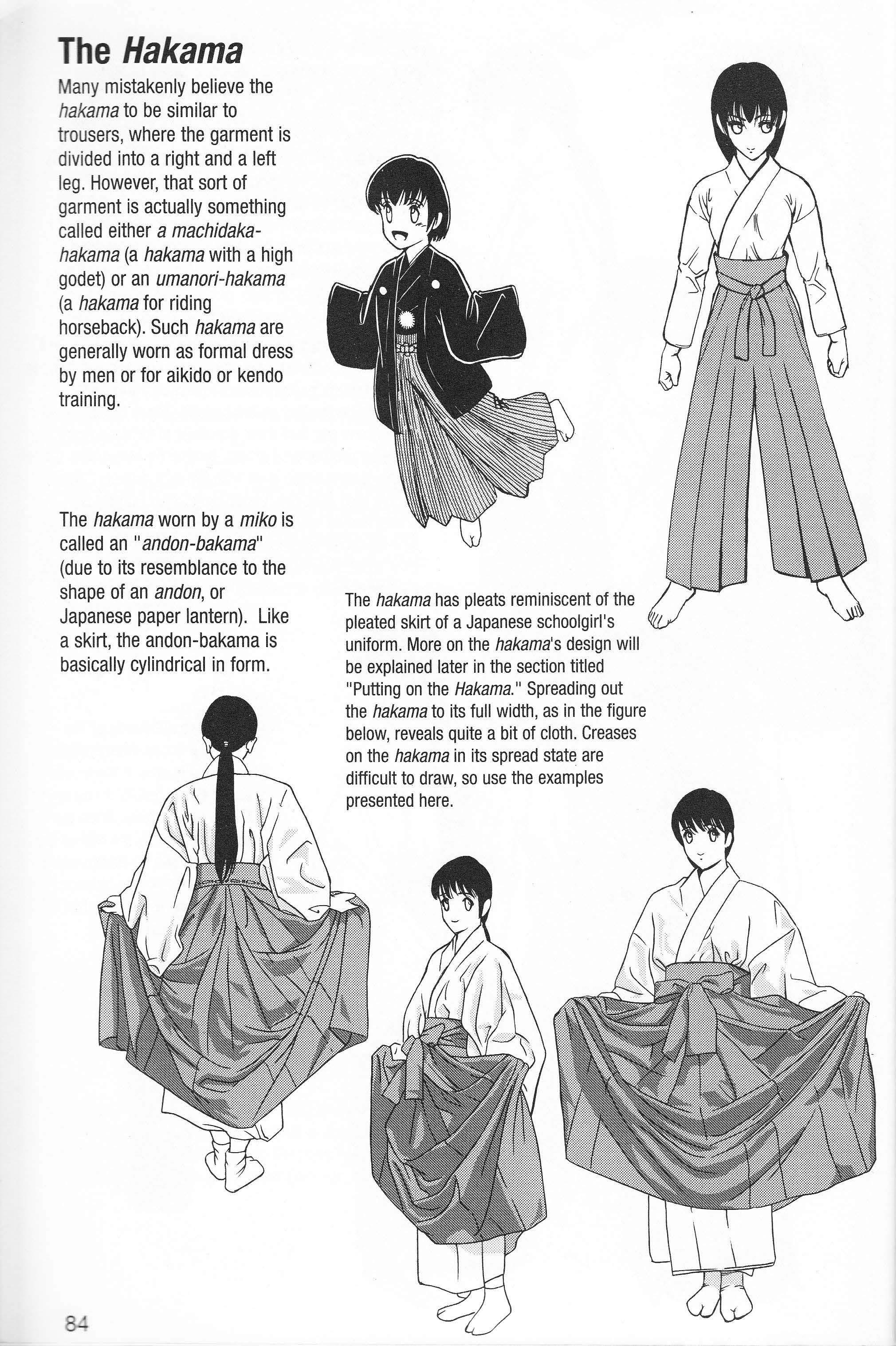
2 minute read
Kashiwade (Ceremonial Clapping
by Charlie San
Kashiwade (Ceremonial Clapping}
Devotional worship of Shinto deities and spirits includes ceremonial clapping called kashiwade. This practice demonstrates reverence oward the spirits and also carries the meaning of respect toward others. Kashiwade takes several forms, depending on the particular shrine. One version consists of two bows and three claps followed by one bow; another consists of eight claps (yahirate); and a third version (shinobite) involves quietly touching the four fingers of the right hand (but not the thumb) to the palm of the left. Ceremonial clapping is never exaggerated or loud, but instead gentle and unaffected.
This shadow results from the bagginess o the hakui and not trorr the miko's chest.
The line indicated by the arrow is the okumi seam.
Showing just a little of the inside of the furi gives the composition a sense of depth. From this angle, the inside of the furi would be in total shadow.


These pages illustrate ritual bowing and clapping. Here, the miko bows twice, follows with three claps, and then bows once again. The bows are subdued and shallow.

When intending to reach for or grab an object, the long sleeve can be a nuisance. Therefore, whenever extending the arm, the sleeve is first grasped with the opposite hand.
,_ Even from this angle. part of the left hand can be seen.

"' the left hand - t it both holds the = .=.- presses close to the - - causes the right be dragged . While this is an us occurrence, -- it will give your _: ·on a sense of


- .: g forward, the front of the "" ::-apes forward while the back rises.

Because the hakama is shaped similarly to a skirt, shading should be bold. Give consideration to the light source and avoid adding too many tiny, ambiguous shadows.

Detailed shadows become obscured from dramatically high or low angles. Use bold shading, such as covering half of the character in shadow.











